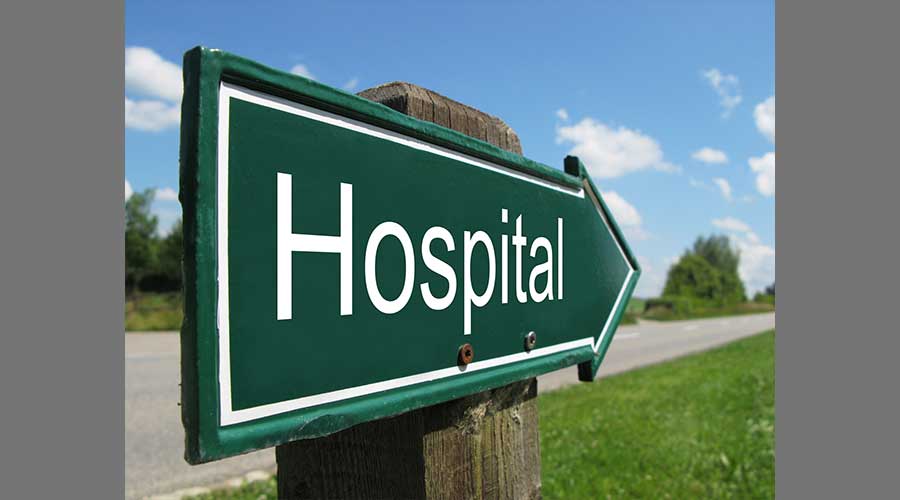Just one day before two rural healthcare initiatives were scheduled to run out, Congress voted 230-201 on extending the Medicare-dependent Hospital and enhanced Low-volume Adjustment programs through Dec. 16. The Senate also approved the measure.
“Rural hospitals traditionally serve patient populations that are older, lower income, uninsured and more likely to rely on Medicare and Medicaid when compared to the national average and to their urban counterparts,” The Federation of American Hospitals wrote in a letter to government officials last month. “This challenging patient demographic means rural hospitals have a high volume of Medicare-dependent patients, and a lower volume of total patients overall. The MDH and LVH payment programs provide eligible rural hospitals with the financial stability and support they need to prevent closures and ensure continued access to care in rural communities.”
There are over 500 rural hospitals at immediate risk of closure due to financial losses and lack of financial reserves to sustain operations, according to a report by the Center for Healthcare Quality and Price Reform. Almost every state has at least one rural hospital at immediate risk of closure, and in 21 states, 25 percent or more of the rural hospitals are at risk.
Nearly all the rural hospitals that are at risk of closing are in isolated rural communities. If closed, community residents would no longer be able to receive emergency or inpatient care without having to travel long distances. Meanwhile, these facilities are often the only place residents can get laboratory tests or imaging studies done.
In September, American Hospital Association (AHA) released a report highlighting the variety of causes that resulted in 136 rural hospital closures from 2010 to 2021. Expenses for labor, drugs, supplies and equipment have increased drastically, causing difficulties in maintaining access to care people in rural communities.
Without the support of existing policies by state and federal government, it is possible that rural hospitals will continue to be at risk. The report outlines several pathways for rural hospitals to achieve financial sustainability, including additional federal support, flexible models of care, decreased regulatory burden, partnership arrangements and state Medicaid expansion.
"While many hospitals and health systems are facing unprecedented challenges, those faced in rural America are unique,” AHA President and CEO Rick Pollack says. “We must ensure that hospitals have the support and flexibility they need to continue to be providers of critical services and access points for patients and communities."
Mackenna Moralez is the associate editor of the facility market.

 Building Sustainable Healthcare for an Aging Population
Building Sustainable Healthcare for an Aging Population Froedtert ThedaCare Announces Opening of ThedaCare Medical Center-Oshkosh
Froedtert ThedaCare Announces Opening of ThedaCare Medical Center-Oshkosh Touchmark Acquires The Hacienda at Georgetown Senior Living Facility
Touchmark Acquires The Hacienda at Georgetown Senior Living Facility Contaminants Under Foot: A Closer Look at Patient Room Floors
Contaminants Under Foot: A Closer Look at Patient Room Floors Power Outages Largely Driven by Extreme Weather Events
Power Outages Largely Driven by Extreme Weather Events